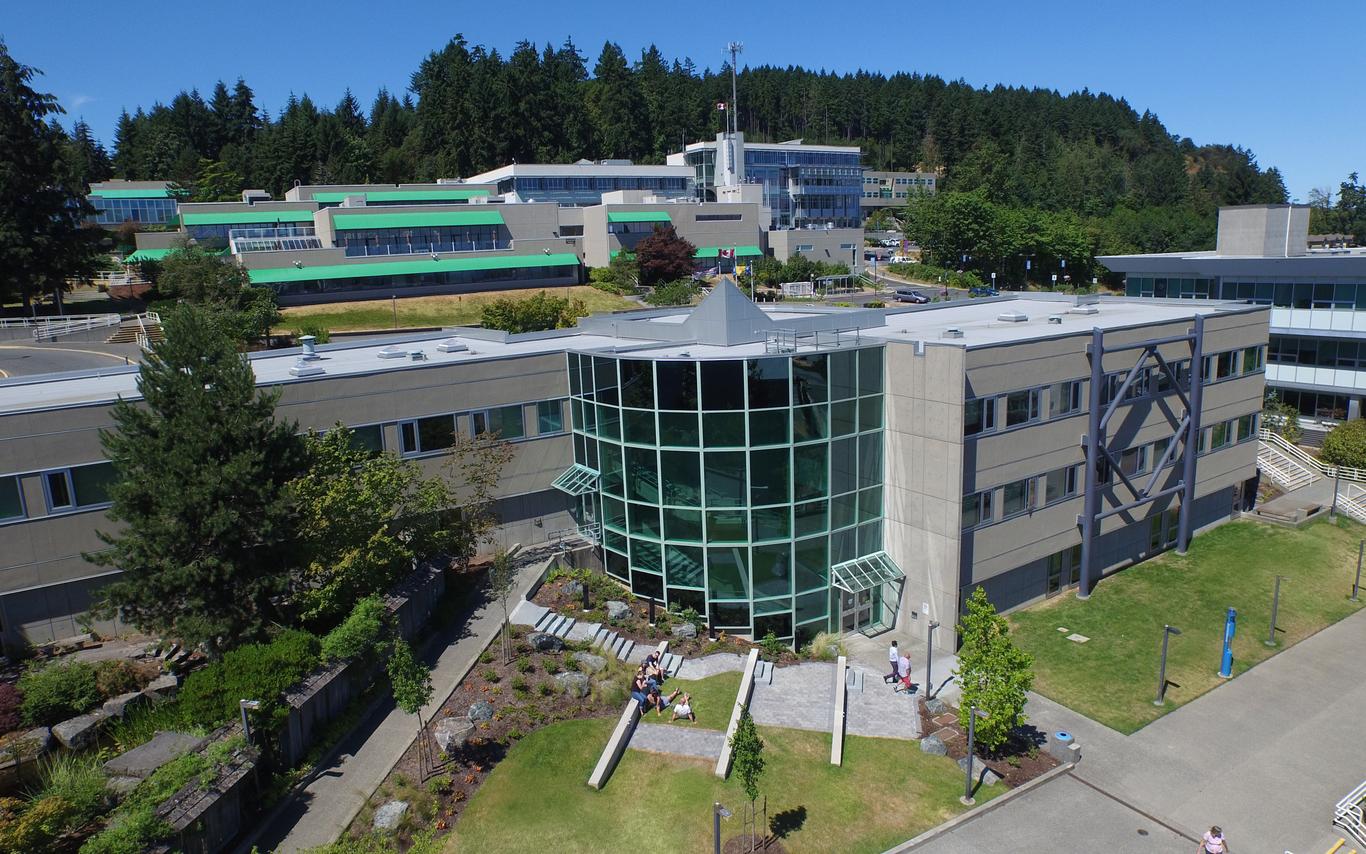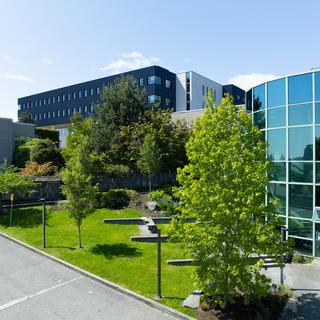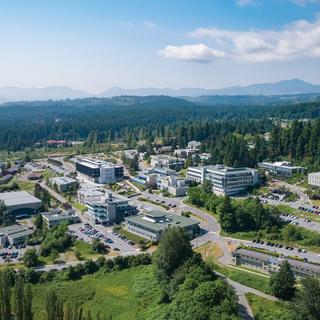Dear VIU Community,
I spent the weekend thinking about the 215 children who were killed at the Kamloops Indian Residential School on the unceded land of Tk’emlúps te Secwépemc First Nation. The news reports that some of these children were as young as three. These were children who were forcibly taken from their parents, their kyeye7 and xpepe7, uncles, and aunties—all of the people who loved and cared for them, by the Government of Canada, who did not.
That there are unmarked graves of hundreds of children who were killed at residential schools in Canada is not news. In 2019, I sat among university presidents with an Elder in the graveyard at the former Shingwauk Indian Industrial and Residential Schools, now Algoma University. The Elder told us that there were unmarked graves of children there. I have heard this from other Elders at other residential schools. For those who cared to hear, the Truth and Reconciliation Commission Calls to Action 71-76 speak to this terrible knowledge. Specifically (bold added by me for emphasis), the TRC called for:
“71. We call upon all chief coroners and provincial vital statistics agencies that have not provided to the Truth and Reconciliation Commission of Canada their records on the deaths of Aboriginal children in the care of residential school authorities to make these documents available to the National Centre for Truth and Reconciliation.
72. We call upon the federal government to allocate sufficient resources to the National Centre for Truth and Reconciliation to allow it to develop and maintain the National Residential School Student Death Register established by the Truth and Reconciliation Commission of Canada.
73. We call upon the federal government to work with churches, Aboriginal communities, and former residential school students to establish and maintain an online registry of residential school cemeteries, including, where possible, plot maps showing the location of deceased residential school children.
74. We call upon the federal government to work with the churches and Aboriginal community leaders to inform the families of children who died at residential schools of the child's burial location, and to respond to families' wishes for appropriate commemoration ceremonies and markers, and reburial in home communities where requested.
75. We call upon the federal government to work with provincial, territorial, and municipal governments, churches, Aboriginal communities, former residential school students, and current landowners to develop and implement strategies and procedures for the ongoing identification, documentation, maintenance, commemoration, and protection of residential school cemeteries or other sites at which residential school children were buried. This is to include the provision of appropriate memorial ceremonies and commemorative markers to honour the deceased children.
76. We call upon the parties engaged in the work of documenting, maintaining, commemorating, and protecting residential school cemeteries to adopt strategies in accordance with the following principles:
i. The Aboriginal community most affected shall lead the development of such strategies.
ii. Information shall be sought from residential school Survivors and other Knowledge Keepers in the development of such strategies.
iii. Aboriginal protocols shall be respected before any potentially invasive technical inspection and investigation of a cemetery site.”
The existence of unmarked graves is not news, but it is distressing. The legacy of colonialism in Canada has caused tremendous suffering for Indigenous Peoples. Residential schools are only one part of this suffering. The Kamloops school operated until 1969 and the last residential school closed in 1996. What is astonishing to me is that despite these timelines, the news will inevitably show grainy black and white photos of these children. This is despite the TRC recognizing 51 deaths at the Kamloops school that occurred between 1919 and 1964. I note these dates to remind you that there are colour photos of these children. Black and white photos from the 1800s are used to shield Canadians from the reality that this atrocious behaviour occurred in modern times, in our lifetime. For many of those who were killed at residential schools across Canada, including the Kamloops school – know that many of their parents and families are still alive. There are survivors of these horrors who are still alive. The trauma of colonialism is a daily reality for Indigenous Peoples.
This terrible discovery at the Kamloops school will not be the last. There are other graves. I say this not to diminish the terrible discoveries of last week, but rather as a a stark reminder of how much we still must learn about the trauma and violence inflicted on Indigenous Peoples by Canada. To remind us how much work still needs to be done for Canada to acknowledge the truth about its actions. I am sending strength and condolences to those in the community who are affected by this tragedy. To those who lost family at the Kamloops school, I wish you peace along with my sincere condolences. It is my hope that these children can be taken home to their families in a good way, in ceremony so that they can rest.
I reiterate today that VIU remains firm in its commitments to working closely with Indigenous Nations and Communities to further realize the TRC's Calls to Action and to implement recommendations of the UNDRIP. As many have said elsewhere, the first part to reconciliation is to tell the truth.
I recognize that this news may have brought on feelings of distress, and that this news may result in re-traumatization for those in our community. If that is the case, please remember that there are supports in place for both students and employees.
- Employees: VIU’s Employee and Family Assistance Program (EFAP) through Homewood Health. The telephone number is 1-800 663-1142. The program also has this resource available to all: Experiencing a Traumatic Event.
- Students: Information about services, including counselling can be found at Student Support Services website.
- Services for Aboriginal Students: Tel: 250-740-6510; Toll-Free: 1-888-920-2221, ext 6510; email sas@viu.ca.
- Community resources: There is a National Indian Residential School Crisis Line that has been set up to provide support for former Residential School students and those affected. Access emotional and crisis referral services by calling the 24-hour national crisis line: 1-866-925-4419. The KUU-US Crisis Line Society provides a First Nations and Indigenous specific crisis line within BC, available 24 hours a day, seven days a week, toll-free from anywhere in BC. The KUU-US Crisis Line can be reached toll-free at 1-800-588-8717. Alternatively, call direct into the Youth Line at 250 723-2040 or the Adult Line at 250 723-4050, or online: https://www.kuu-uscrisisline.com.
Once again, I send strength and my hope for some peace to the families and communities directly impacted by this terrible news.
Dr. Deborah Saucier
President and Vice-Chancellor




